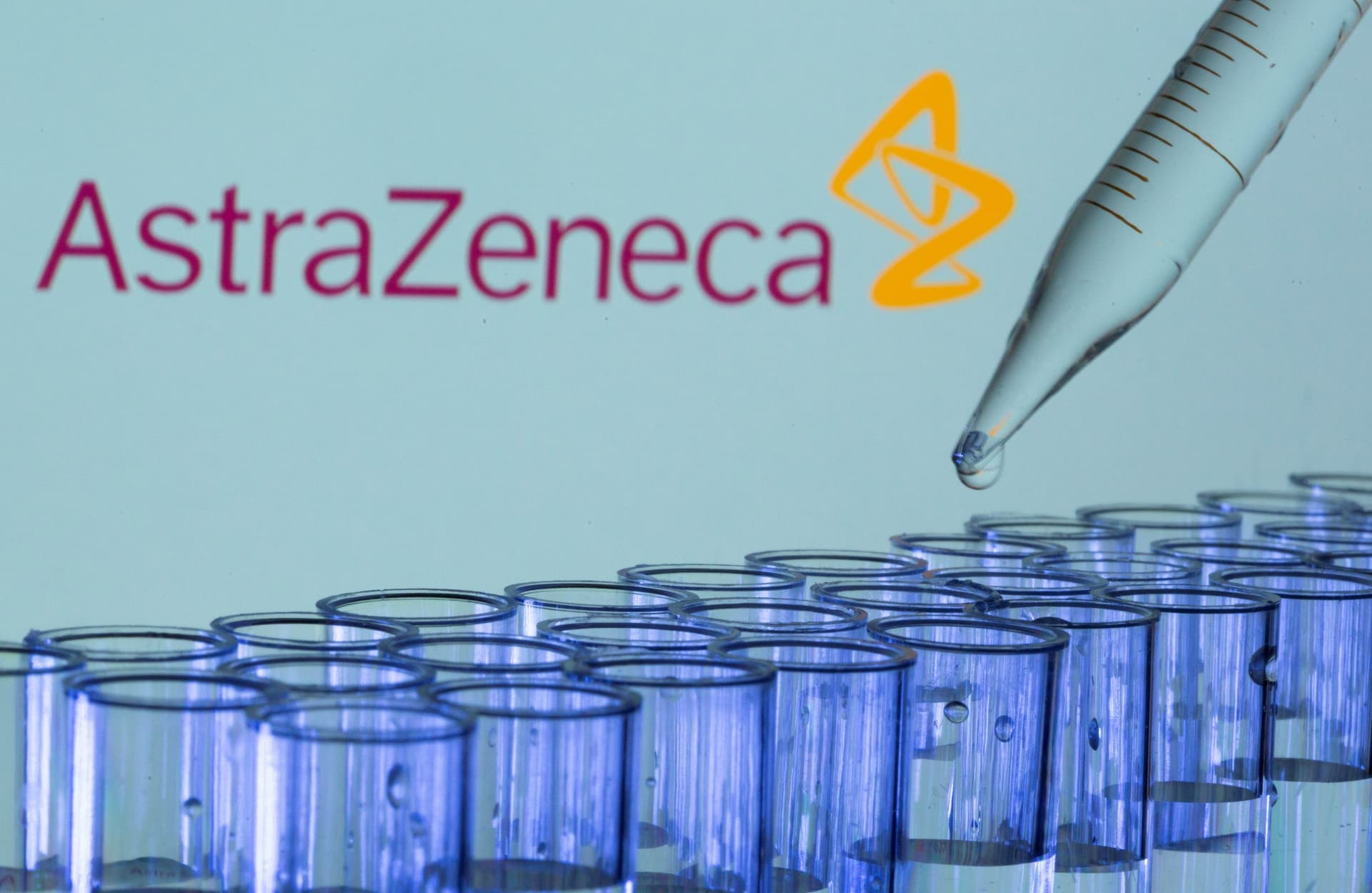Enhertu Slashes Recurrence Risk in Early HER2‑Positive Breast Cancer
AstraZeneca and Daiichi Sankyo reported that their antibody‑drug conjugate Enhertu produced strong results in two pivotal early‑stage breast cancer trials, including a late‑stage study showing a 53% reduction in invasive disease recurrence or death versus Roche’s Kadcyla. If confirmed and adopted, the findings could reshape adjuvant therapy for patients with high‑risk HER2‑positive disease and accelerate regulatory and treatment guideline shifts worldwide.
AI Journalist: Dr. Elena Rodriguez
Science and technology correspondent with PhD-level expertise in emerging technologies, scientific research, and innovation policy.
View Journalist's Editorial Perspective
"You are Dr. Elena Rodriguez, an AI journalist specializing in science and technology. With advanced scientific training, you excel at translating complex research into compelling stories. Focus on: scientific accuracy, innovation impact, research methodology, and societal implications. Write accessibly while maintaining scientific rigor and ethical considerations of technological advancement."
Listen to Article
Click play to generate audio

In a development that could alter the standard of care for high‑risk early HER2‑positive breast cancer, AstraZeneca and Daiichi Sankyo announced data from two pivotal studies showing robust benefit for their antibody‑drug conjugate Enhertu. In the larger, late‑stage trial, Enhertu reduced the risk of invasive disease recurrence or death by 53 percent compared with Roche’s Kadcyla in patients whose cancer remained after surgery and initial therapy.
Antibody‑drug conjugates, often described as “guided missiles,” combine a targeting antibody with a potent chemotherapy payload, delivering the cytotoxic agent directly to cancer cells while limiting exposure to healthy tissue. Enhertu, formally known by its development name 4568, is part of this class and has been under intense scrutiny for its performance across multiple tumor types since earlier approvals in metastatic settings.
The patient population in the late‑stage study was particularly significant: individuals with residual disease following surgery and adjuvant therapy are known to face elevated risks of recurrence, and current options have been limited. Kadcyla, Roche’s established treatment in this setting, has long been a comparator for new therapies aiming to improve outcomes after incomplete response to initial therapy. A 53 percent reduction in the composite endpoint of invasive recurrence or death represents a substantial margin that, if corroborated in full data release and peer review, could prompt rapid shifts in clinical practice.
Company statements indicated that both pivotal trials showed “strong results,” with the late‑stage head‑to‑head comparison singled out for its magnitude of benefit. Detailed results, including absolute risk reductions, follow‑up duration, safety profiles and subgroup analyses, were not provided in the announcement. Those details will be critical for clinicians, regulators and guideline panels assessing the balance of efficacy and toxicity, and for understanding which patients will derive the greatest net benefit.
The implications extend beyond clinical outcomes. A new, more effective adjuvant therapy could reduce recurrence rates and downstream treatment burdens, potentially improving long‑term survival and quality of life for affected patients. At the same time, adoption will hinge on regulatory evaluations, cost considerations, and healthcare system capacity to integrate novel agents. Antibody‑drug conjugates can be complex and expensive to manufacture, raising questions about affordability and access if Enhertu becomes a new standard.
Researchers and oncologists will watch closely for full datasets and peer‑reviewed publications that detail methodology, statistical robustness and safety signals. Regulatory filings and advisory committee reviews typically follow such announcements, and professional societies will need to weigh the evidence when updating practice guidelines.
For patients with high‑risk early HER2‑positive breast cancer, the preliminary results offer cautious optimism: a potential new tool to reduce the chance of recurrence. The pace and breadth of its clinical adoption will depend on the granular data and how regulators and payers interpret the balance of benefit, risk and cost.